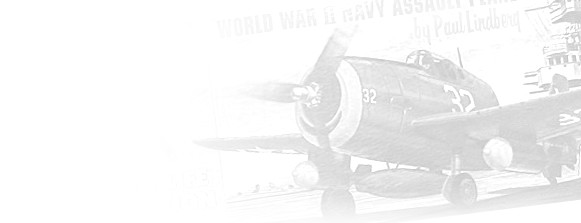1/72 00154 Hasegawa Lockheed/Kawasaki P2V-7 Variable Stability Aircraft 'VSA' Neptune - (P2V7)
Plastic Model Kit, Box Condition: Exc
Very rare limited edition with instructions and resin parts for eliminating the lower radome pods and adding large vertical stabilizer fins to the wings. Never started. The parts are still in the internal factory sealed bags and includes decals and instructions. Thanks to Jun Oizumi for the following information about this special aircraft - 'Under a contract awarded in February 1977 by the Technical Research and Development Institute of the Japan Defense Agency, Kawasaki modified the 39th production P2V-7 to experimental configuration as a Variable Stability Aircraft (VSA). Seven major modifications were made to the basic P2V-7 aircraft: 1. Installation of a fly-by-wire control system, with mechanical backup.2. Installation, with flight control computer monitoring, of variable stability system to measure (a) variable control feelings such as hysteresis, breakout forces etc; and (b) variable aircraft response, both lateral and longitudinal.3. Removal of outboard trailing-edge flaps and replacement with direct lift control (DLC) flaps of 14 ft 0 in (4.27 m) span, with 20 degrees upward and 40 degrees downward travel. Vortex generators added forward of DLC flaps.4. Addition of aerofoil-section, all-moving side force surface (SFS), extending above and below each wing, out-board of jet engine pod, with 30 degrees travel to left or right. Each SFS was 14 ft 5.25 in (4.40 m) high.5. Attachment of perforated airbrake to inside of each weapons bay door.6. Removal of all ASW equipment, including APS-20 radome, though retaining MAD tail cone.7. Installation of flight instrumentation and recorders, including angle of attack/sideslip sensors above nose. Addition of two control operators' consoles in tactical compartment of fuselage.The aircraft, which had the company project designation KA-353, made its first flight at Gifu on December 23, 1977, and was handed over to the 51st Air Squadron of the JMSDF for evaluation in 1978. After two years of experimental flying, it became a training aircraft for JMSDF test pilots, and was used, among other things, to develop STOL approaches, with the aid of ventral airbrakes, at glide slope angles of up 6 to 7 degrees. The aircraft was withdrawn from use in 1982.'
This item has been sold.
Click here to return to the main page.
